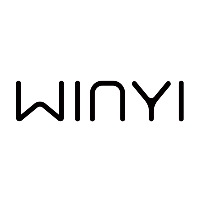The 2025 SZI EXPO has closed its doors, leaving industry professionals with valuable insights into the evolving dynamics of the global adult wellness and sexual health market. While the exhibition itself was smaller than its initial promotion suggested, the trends that emerged offer a clear view of where the industry is heading.
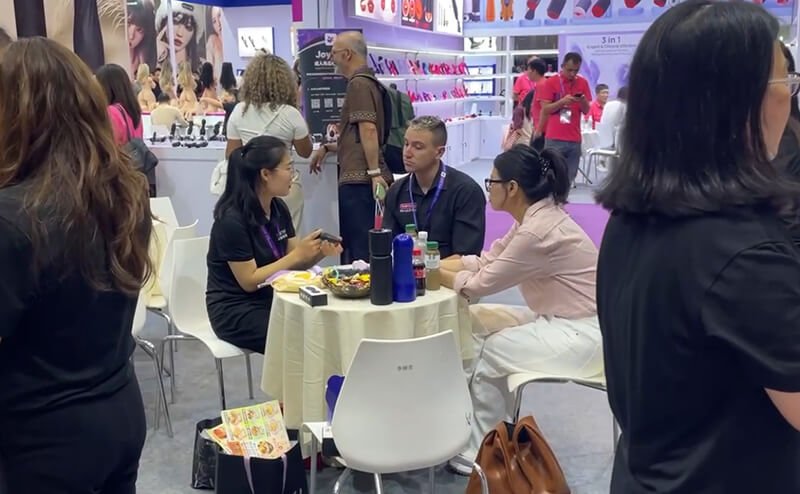
By applying Porter’s Five Forces framework, we can better understand the competitive pressures, market opportunities, and risks shaping this sector in 2025 and beyond.
1. Industry Rivalry: High Competition
Competition among existing players remains intense. International brands like LELO and TENGA showcased their global appeal, while domestic factories demonstrated cost advantages and rapid design cycles. However, product homogenization is widespread, with many exhibitors showing similar “patent-bypassing” suction toys.
The challenge: true innovation is scarce, and price wars remain a major risk.

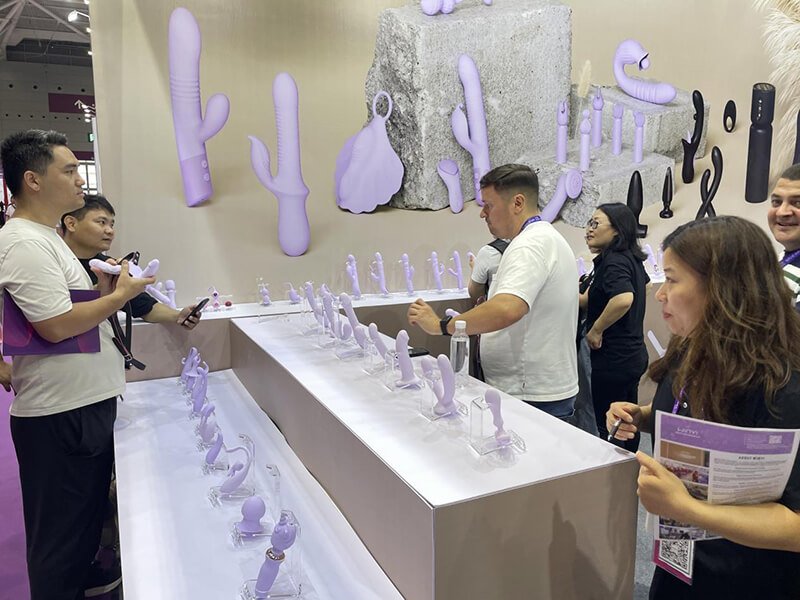
2. Threat of New Entrants: Medium to High
With cross-border e-commerce platforms such as Amazon, Shopify, SHEIN, and AliExpress now actively involved, the barriers to entry are dropping. OEM/ODM models allow new brands to scale quickly, while subsidies make exhibition participation easier for smaller players.
Expect more non-traditional sellers and digital-first brands to enter the adult wellness market.
3. Threat of Substitutes: Medium
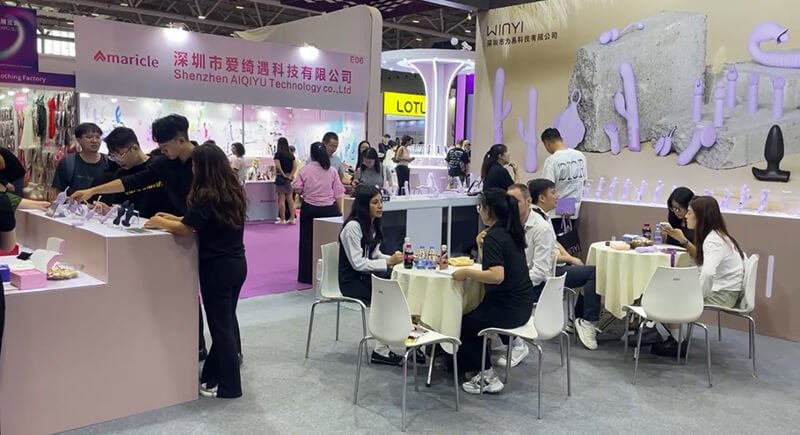
Substitutes come not only from within the industry but also from adjacent sectors such as wellness tech, smart wearables, and AI-powered virtual companions. At the same time, the miniaturization and modularization of adult toys create overlapping functionalities across product lines.
The rise of AI-driven intimacy experiences may reshape what consumers consider “alternatives” to physical products.
4. Supplier Power: Medium
Suppliers remain in a balanced position. On the one hand, raw materials like silicone, motors, and chips are standardized, limiting leverage. On the other, design- and R&D-driven factories enjoy stronger bargaining power—especially those serving both international brands and domestic giants.
The winners will be suppliers that integrate design, technology, and flexible manufacturing.
5. Buyer Power: High
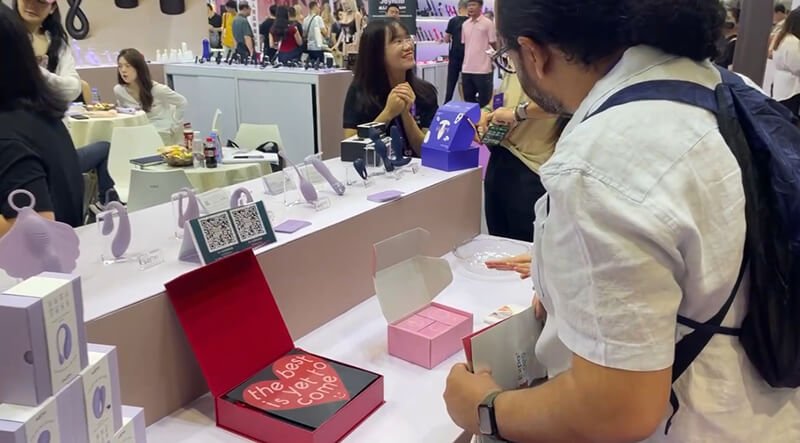
Buyers, particularly from Europe, the Americas, and Australia, accounted for nearly 90% of attendees. Many admitted they joined the expo only due to subsidies like free airfare and $600 cash support. With product homogeneity high, buyers can easily compare prices and demand favorable terms.
The balance of power tilts toward buyers, making branding and differentiation critical for suppliers.
Key Takeaways
High Competition: Intense rivalry and copycat designs keep margins thin.
Digital Disruption: Cross-border e-commerce accelerates new entrants and reshapes supply chains.
Innovation Imperative: AI, new materials, and design differentiation are essential to escape homogeneity.
Buyer Dominance: Western buyers drive demand but hold strong negotiating power.
Supplier Segmentation: Factories with strong design/R&D gain leverage, while standard suppliers risk being commoditized.
Looking Ahead
The 2025 SZI EXPO highlighted a market in transition: from traditional manufacturing-driven competition to a buyer-driven, digitally integrated ecosystem. For industry professionals, the message is clear—success in this evolving environment requires faster adaptation, real innovation, and a digital-first strategy.

